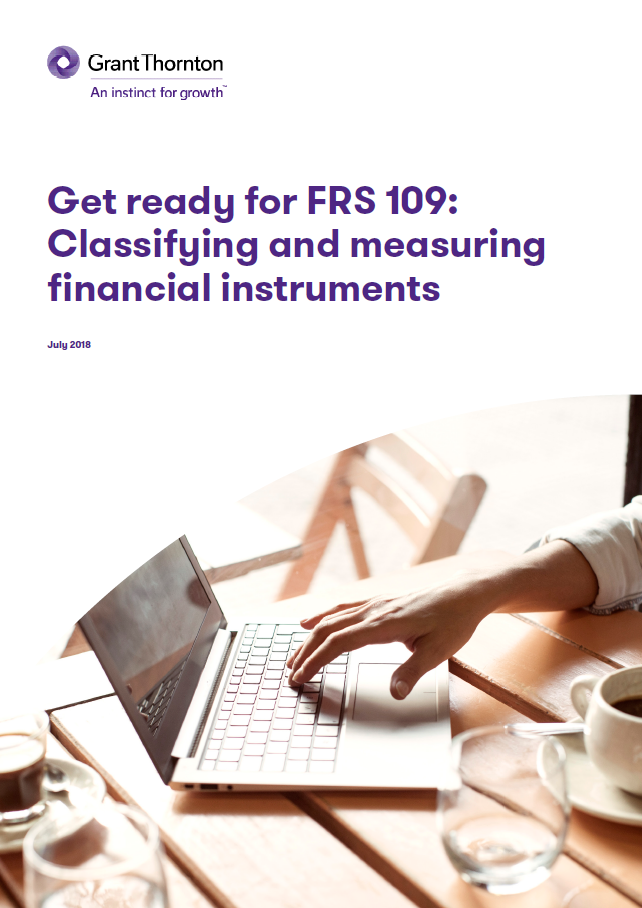All businesses hold financial instruments in some form, from cash and trade receivables at the simplest end of the scale to complex derivatives at the other.
Accounting for financial instruments under Financial Reporting Standards (FRS) has always been complex and this is set to increase further with FRS 109 ‘Financial Instruments’ fundamentally rewriting the accounting rules. FRS 109 introduces a new approach for financial asset classification; a more forward-looking expected loss model; and major new requirements on hedge accounting.
This publication is first in a two-part series by Grant Thornton Singapore and highlights the new rules on classification and measurement financial instruments as well the new impairment requirements.






